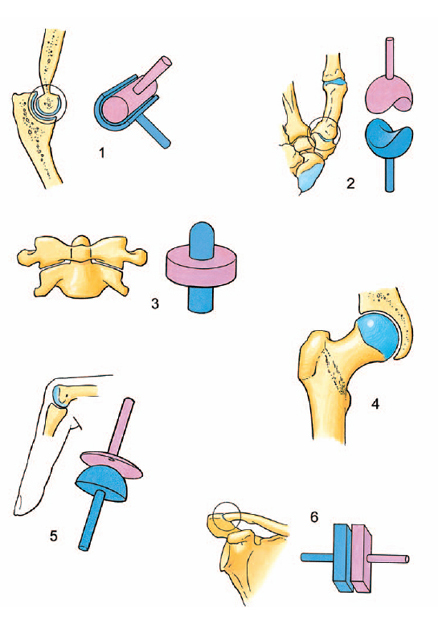The functional classification of joints is determined by the degree and range of movement the joint allows. The three functional categories for joints are synarthrosis, amphiarthrosis, and diarthrosis. A synarthrosis joint (from the Greek syn, meaning “together,” and arthrosis, meaning “articulation”) is immovable. An amphiarthrosis joint (from the Greek amphi, meaning “on both sides”) is slightly movable. A diarthrosis joint (from the Greek dia, meaning “between”) is a freely movable joint.
| Functional Category |
Structural Categorya |
Example |
| Synarthrosis (immovable joints) |
Fibrous |
|
|
Suture |
Between bones of adult skull |
|
Gomphosis |
Between teeth and jaw |
|
Cartilaginous |
|
|
Synchondrosis |
Epiphyseal cartilages |
| Amphiarthrosis (little movement) |
Fibrous |
|
|
Syndesmosis |
Between the tibia and fibula |
|
Cartilaginous |
Between right and left public bones of pelvis |
|
Symphysis |
Between adjacent vertebral bodies along vertebral column |
| Diarthrosis (free movement) |
Synovial |
Elbow, ankle, ribs, wrist, shoulder, hip |

Types of bone joints. 1 = Hinge joint; 2 = Saddle joint; 3 = Pivot joint; 4 = Ball and socket; 5 = Condyloid joint; 6 = Plane joint. (From Moore, K. L., and Agur, A. Essential Clinical Anatomy, 2nd Ed. Philadelphia: Lippincott, Williams & Wilkins, 2002.)

